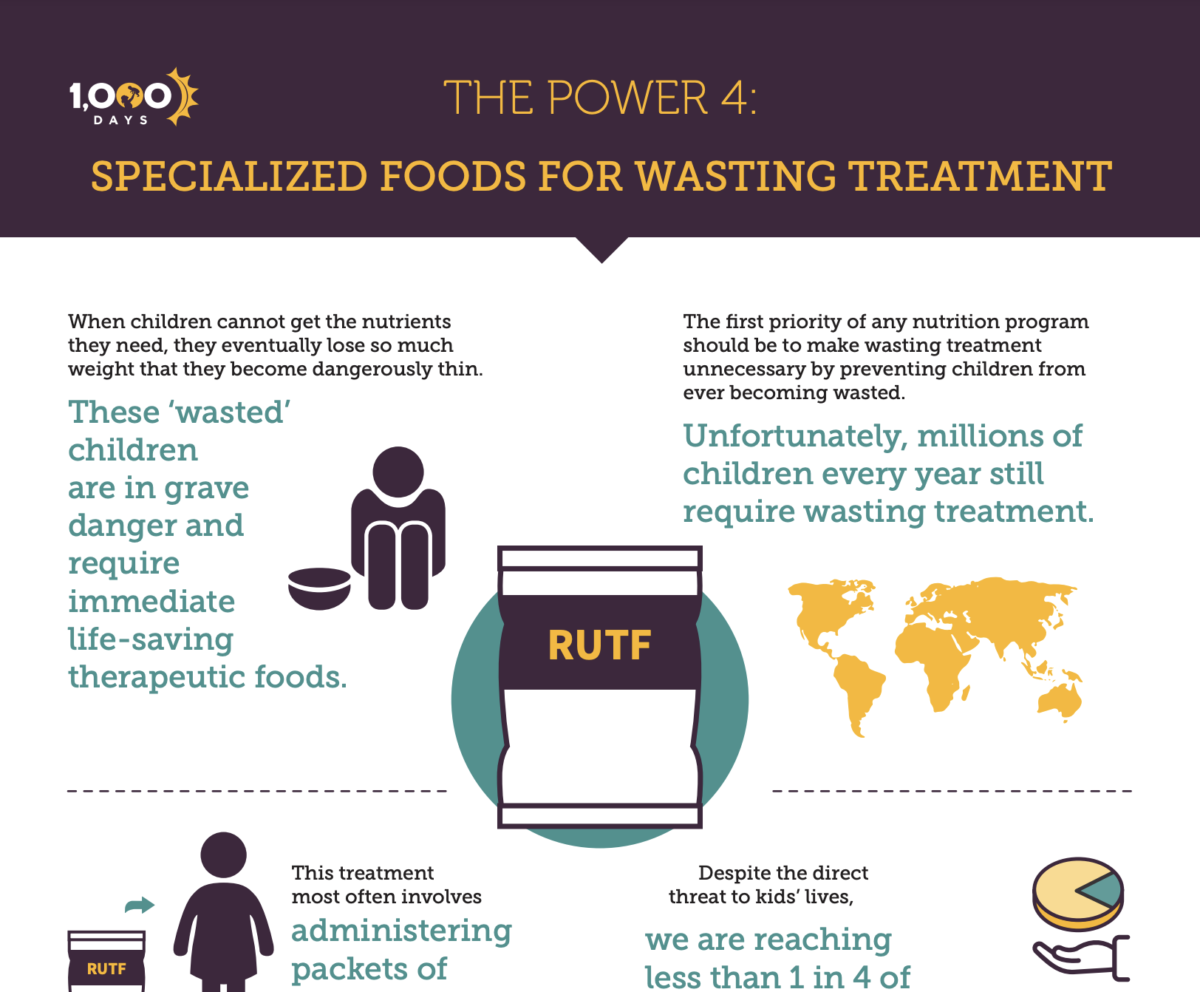Understanding Nutrition in the First 1,000 Days: Black Moms and Birthing People
To improve our advocacy and nutrition education efforts, 1,000 Days strove to understand sources of nutrition information during the first 1,000-day window and gaps in culturally relevant communications about healthy diets. Through a combination of qualitative research methods, including surveys and an environmental scan, we listened to over 224 Black pregnant and birthing people about their perceptions of their health, when and how they received nutrition information related to their pregnancy, and their preferred sources of information.










